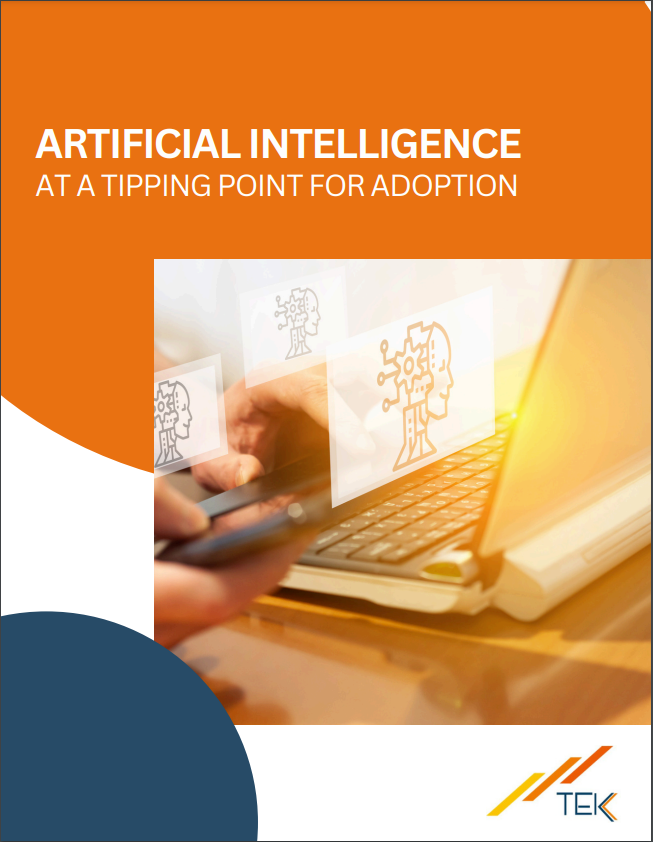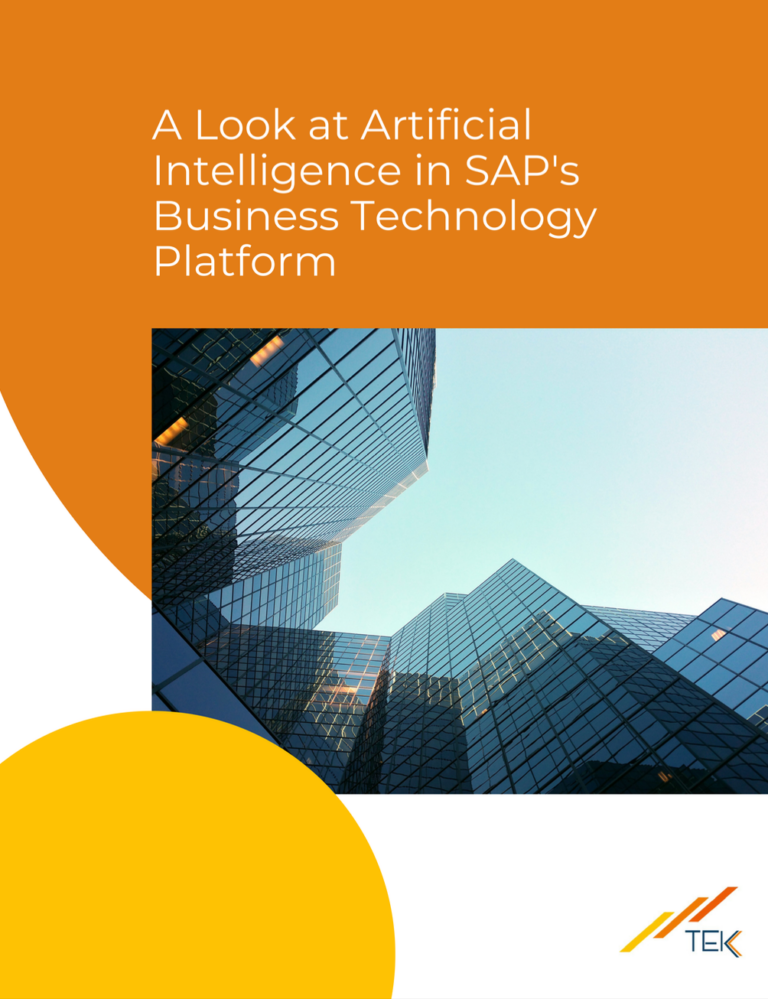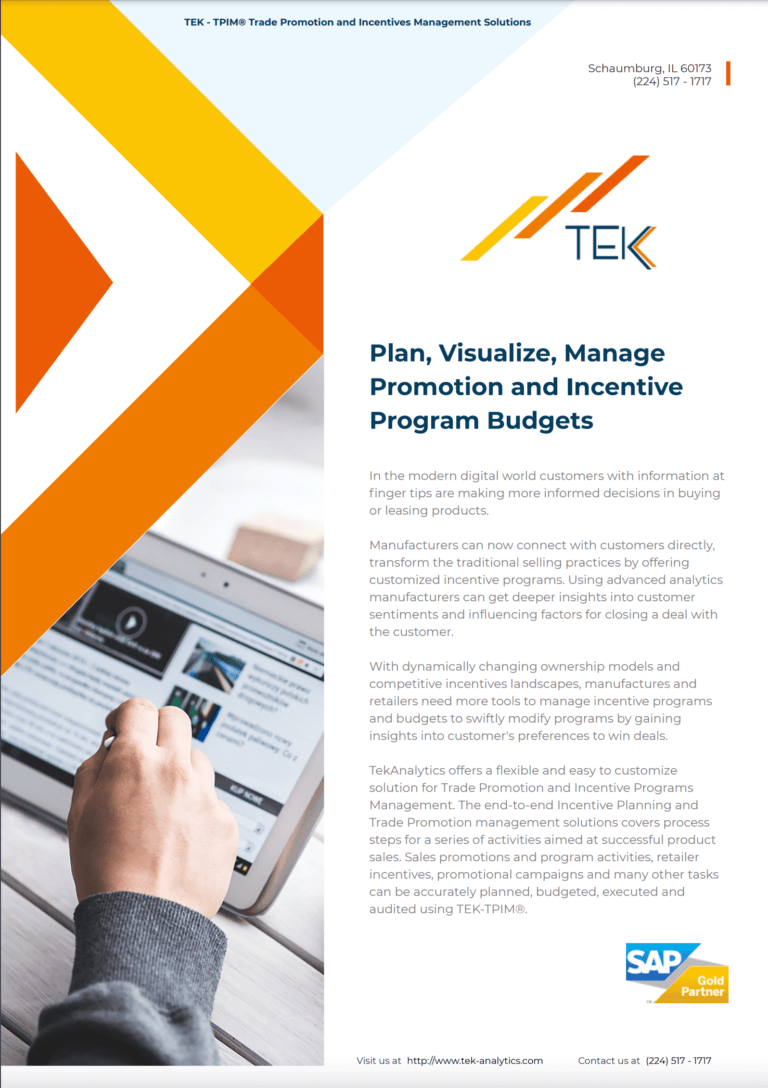By – Merri Beckfield
STREAMLINING AUTOMOTIVE INCENTIVES PLANNING
Most car buyers likely aren’t aware of the work put into planning the incentives we often see advertised. That is, those special offers (such as cash back or an amazing 0% interest rate) encouraging each of us to purchase a new vehicle. The effort that car manufacturers put into this is quite significant. The number of variables that need to be considered to come up with an incentive offering that is competitive, cost effective, and drives sales is somewhat daunting. Factors beyond the forecast of demand, costs, and manufacturers margin such as the impact to the margin of the car dealer and varying market conditions by state create added complexity.
In collaboration with a large-scale automotive manufacturer, we tackled the challenge of streamlining the automotive incentive planning process. By implementing an end-to-end solution which leveraged predictive techniques, automation, and strong change management the team was able to streamline the process: reducing the duration from weeks to days and delivering an 80% reduction in manual interventions.
“Our planners love the new experience and we as a leadership team, we are thrilled with the improved speed to market.” – Director of FP&A
THE PROBLEM
Before diving in, it’s important to understand the challenges that were being faced by the manufacturer driving the need to do something. The supply chain was in a state of turmoil, and rising banking interest rates were significantly impacting auto incentives. Financial closing was a cumbersome and complicated process due to the intricacies of dealer contract terms and dealer stock. The organization was finding it nearly impossible to react to market conditions and adapt new promotions to the market without engaging in heavy manual labor. Incentive planning was a time-consuming and manual task, lacking the flexibility needed to keep up with the fast-paced market.
THE VISION
To improve the situation, the auto manufacturer clearly defined their vision and objectives. First, they wanted to tackle the entire incentives lifecycle, ensuring that the evolving incentives management systems could deliver meaningful business value across all system elements. A major focus was enabling granular geographic planning, allowing for more precise program design and targeted deployment. Specifically, the ability to plan targeted incentive offers down to the region or state level. Second, they wanted to streamline operations via automated program execution integrated with financial systems, which would lead to faster, more reliable incentive rollouts. This needed to include the ability to include considerations around dealer stock in the closing process. Finally, they sought to enhance post-mortem program performance analysis, enabling their brands to effectively balance volume and profit margins while achieving both brand and corporate sales objectives.
THE SOLUTION
To overcome the challenges, together the team came up with a strategy and plan to develop an end-to-end incentives life cycle planning application which considered all the key variables. The solution not only leveraged predictive analytics to create a granular plan by geography to the region/state level, but it also leveraged workflows, along with automation to streamline the planning process.
One key to success of the solution was leveraging SAP Analytics Cloud as the single enterprise planning tool. By providing end-to-end capabilities in a “one stop shop”, manual interventions were minimized. Planning duration was reduced from weeks to hours.
From a technical point of view, the technology powering the solution was SAP Analytics Cloud for the planning functions. Data harmonization was done in BW4HANA. To achieve, VIN level planning write back functionality to BW4HANA was leveraged.
From a business point of view, the following capabilities of the solution were transformative:
- Including dealer stock considerations in the financial close process.
- Having flexibility in managing dealer margins.
- Being able to plan and create targeted offers down to the state level.
THE RESULTS
With a remarkable 80% reduction in manual tasks, the team significantly minimized manual interventions, allowing planners to focus on more strategic initiatives. The application has enabled effective budget allocations and provided real-time spend visibility, which means users can make informed decisions more rapidly.
Users are enjoying an improved experience thanks to the seamless integration of sales, incentive, and financial planning, along with automated financial adjustments that streamlined processes. Collaborating with stakeholders to design effective workflows has paid off, as users now can analyze and plan incentive budgets much more efficiently.
Plus, reconciling incentives and optimizing programs has never been easier! The flexibility to add new planning models on-the-fly and personalized reporting options, complete with filters for models and even VINs, empower users to align plans across programs and measure their effectiveness.
Overall, this application has not only enhanced operational efficiency but also fostered a culture of collaboration and data-driven decision-making.
“The partnership between our organization, TEK and SAP, was incredible.
We were able to leverage SAP Analytics Cloud to modernize and automate a process that was broken and expensive.
….
TEK brought in the best-in-class experts with deep automotive industry experience and thought leadership”
Director Finance and Planning
If you are facing a similar planning challenge (regardless of industry), let us help you achieve the same success! Contact us today to discuss.
Contact TEK – Tek Digital Transformations













